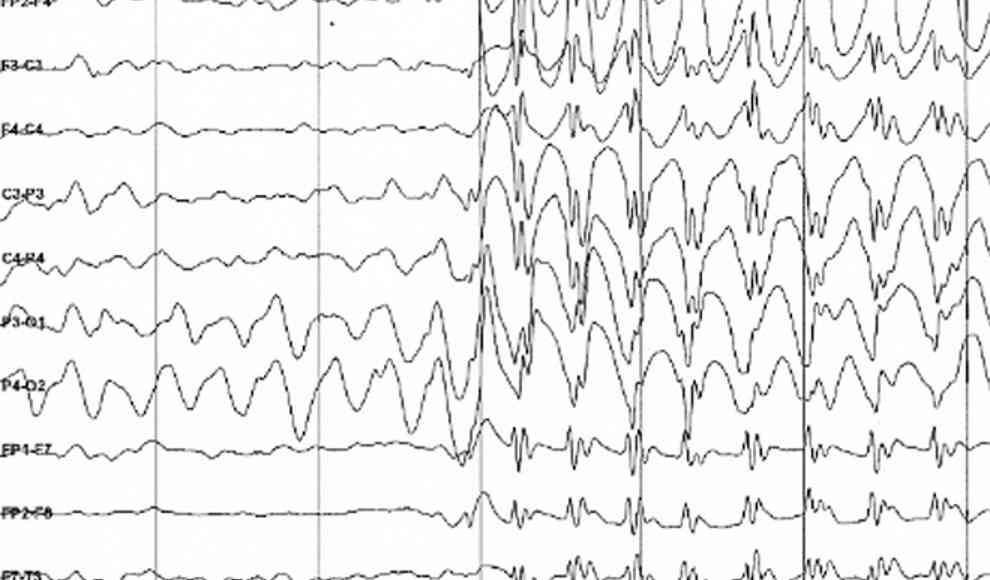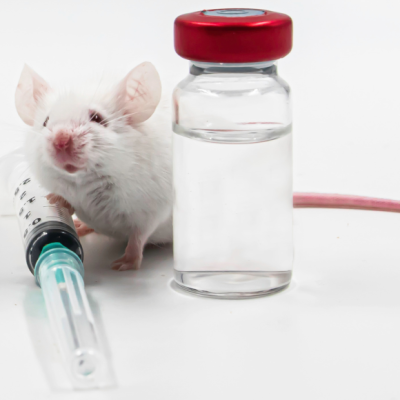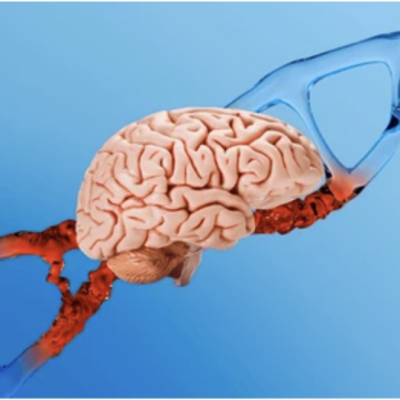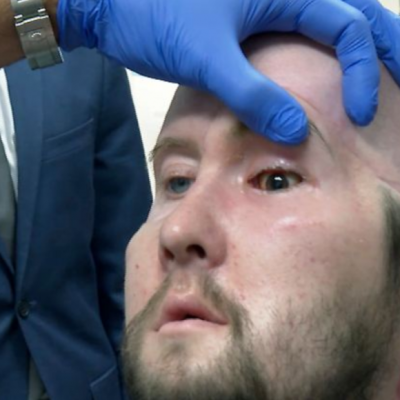In a groundbreaking development, researchers have successfully used gene therapy to cure epilepsy in rats. By introducing a copy of a specific gene into the rats’ brains, the researchers were able to suppress the overexcitement of brain cells that causes epileptic seizures. The treatment not only stopped seizures in rats that were already epileptic, but also prevented seizures from occurring in rats that were at risk of developing epilepsy. The researchers hope that this new treatment method could eventually be used to help the millions of people worldwide who suffer from epilepsy, including those for whom current medications are ineffective.
Epilepsy is a neurological disorder that causes seizures, which can range from mild to severe and can be life-threatening. The disorder affects around 50 million people worldwide, and while many cases can be managed with medication, around 10 million people continue to experience seizures despite treatment. In some cases, surgery to remove the affected area of the brain is an option, but this can cause damage to other important brain functions. The new gene therapy treatment offers a promising alternative.
The treatment works by targeting a specific channel in the membrane of brain cells that regulates the number of positively charged potassium atoms inside and outside the cell. Normally, potassium channels are open and allow potassium ions to flow out of the cell, creating a slight negative charge inside the cell. When the cell is stimulated, the potassium channels close and positively charged sodium ions flow into the cell, creating a positive charge and generating an electrical impulse. In epileptic brains, this process becomes overactive, leading to seizures. By introducing copies of the genetic blueprint for potassium channels directly into the epileptic area of the rat brain, the researchers were able to increase the number of potassium channels and reduce the likelihood of overexcitement and seizures.
While the treatment has only been tested on a specific type of epilepsy in rats, the researchers believe that it could be effective for other types of epilepsy as well. They also discovered that the gene therapy had a secondary effect of inhibiting the release of excitatory neurotransmitters, which further reduced the likelihood of seizures. The researchers are now working to determine whether the treatment could be effective in humans, and if so, how it could be safely and effectively administered. This breakthrough offers hope for millions of people living with epilepsy, and could potentially revolutionize the way the disorder is treated.










